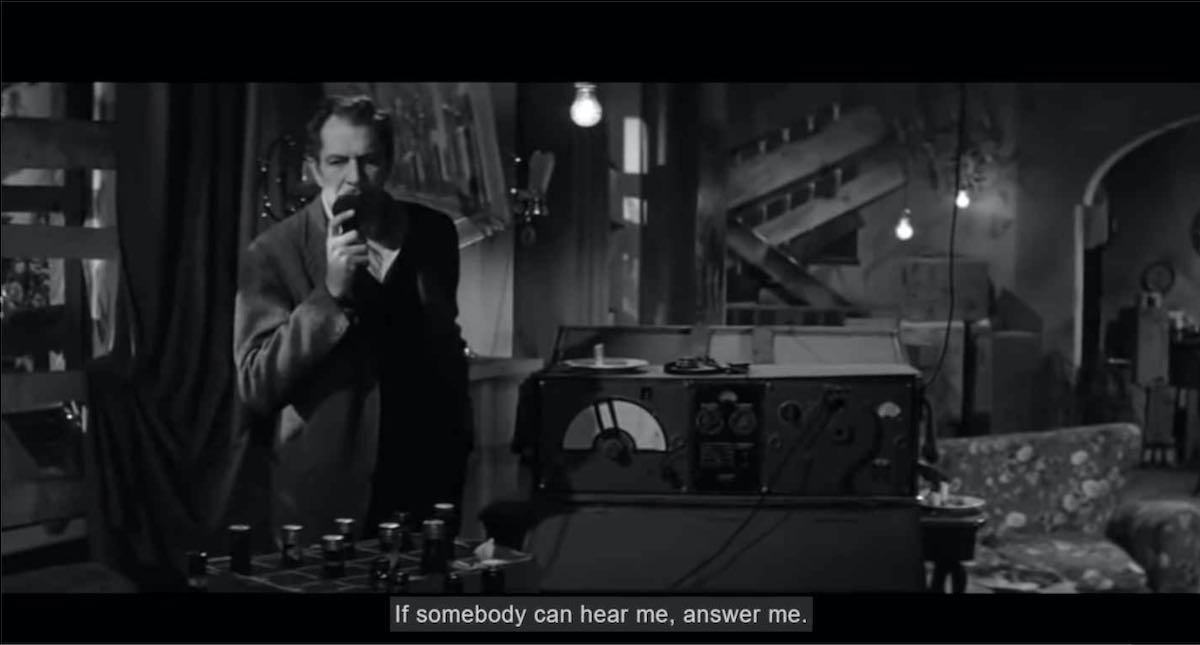 Many thanks to SWLing Post contributor, Andrew, who correctly identified the radio Ed spotted in The Last Man On Earth as the Allocchio Bacchini RF4D. Andrew shared the following notes and links:
Many thanks to SWLing Post contributor, Andrew, who correctly identified the radio Ed spotted in The Last Man On Earth as the Allocchio Bacchini RF4D. Andrew shared the following notes and links:
That radio is an Allocchio Bacchini RF4D (see photo below from this site):
Here’s a snippet from an Italian movie showing the same rig:
Another pic and notes can be seen scrolling down this page:
Year : 1940
TX Frequency Range : 1,270 – 4,300 kHz in 3 bands
RX Frequency range : 220 – 4,400 kHz in 5 bands
Facilities : CW and RT
Receiver Circuit (Valves) : Superhet. 7 tubes type 6RV (same as RF 4)
Transmitter Circuit (Valves): MO(P C05), PA (2x P CO5) Mod.(3x 6RV)
RF Output : 25 W
Aerial : Dipole
Power supply : 12 V storage batteries. Mains for battery charger.
And here you’ll find the shack of an Italian ham which shows an RF4D:
Further info and schematics can be found here.
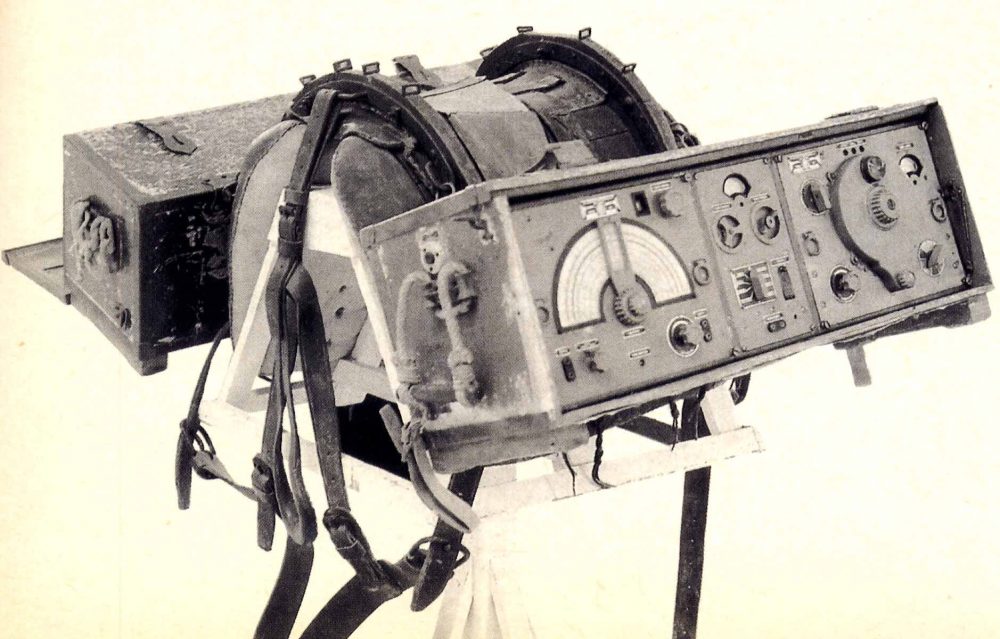 Wow! Thank you so much, Andrew! I would love someday to operate an original RF4D. What a fascinating WWII era radio. Thank you again for all of the details!
Wow! Thank you so much, Andrew! I would love someday to operate an original RF4D. What a fascinating WWII era radio. Thank you again for all of the details!
Post readers: I’m very curious if anyone here owns or has owned an RF4D. Please comment!

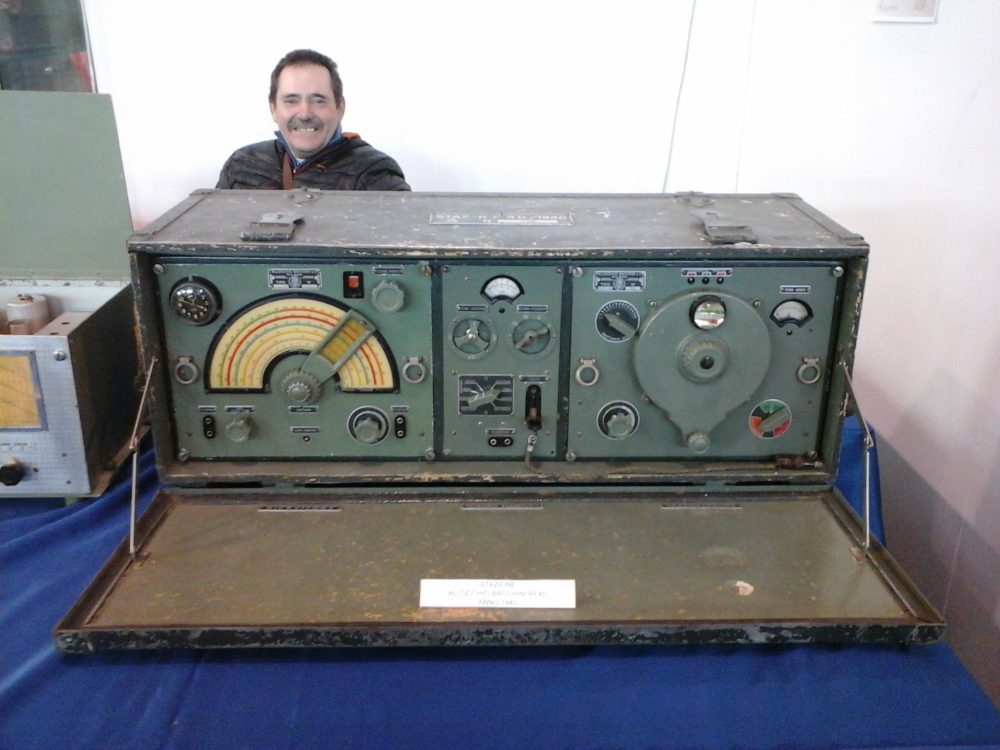
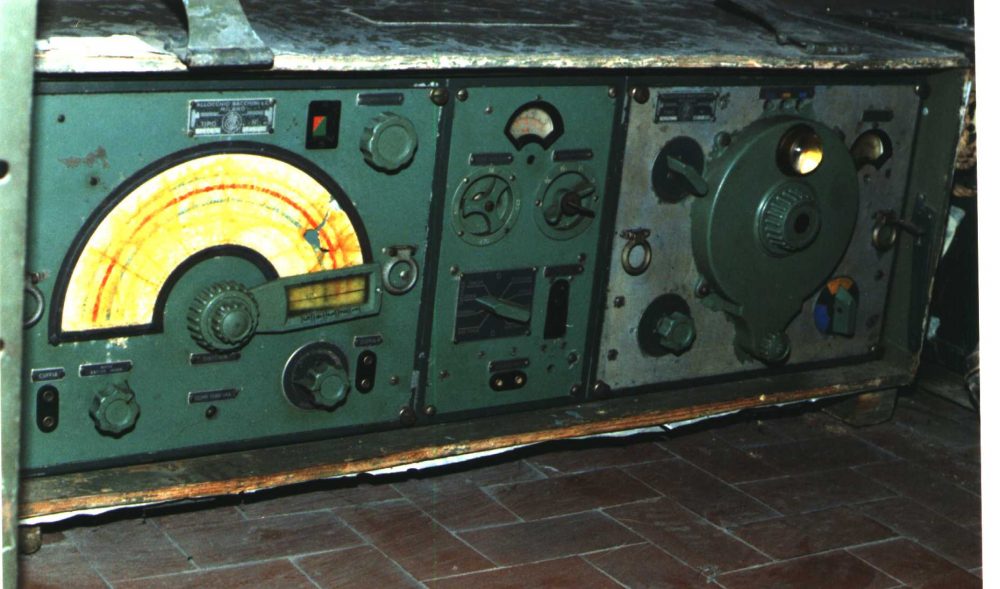
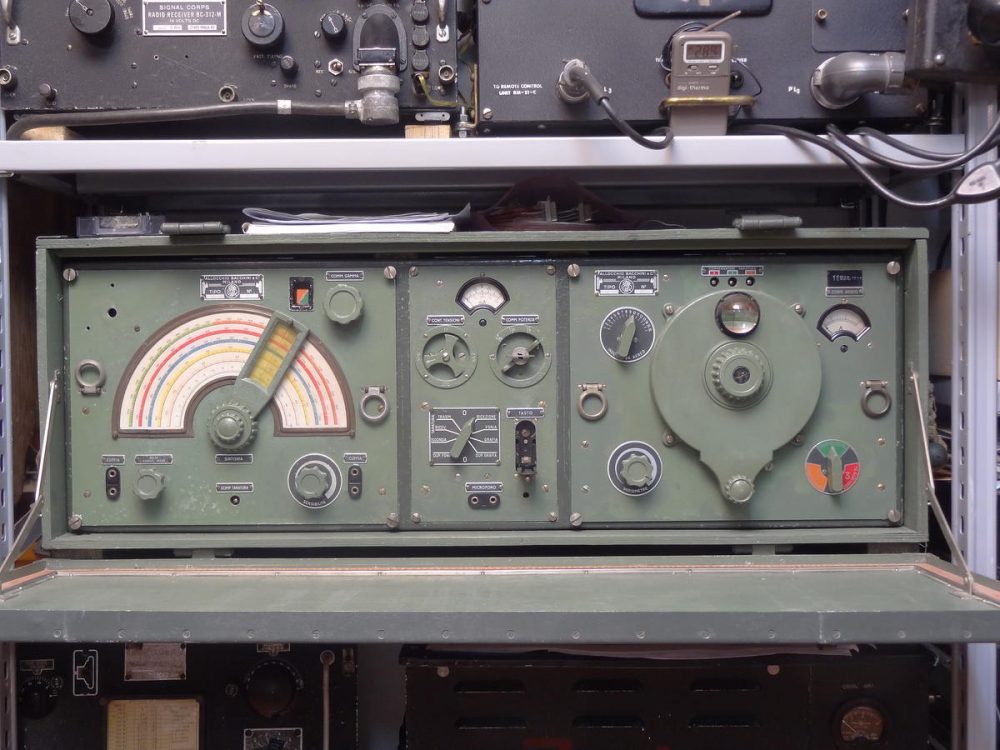
As a big fan of Vincent Price and the last man on earth, I have stared at that radio and wondered what it was, finally an answer, and considering that this American international film was made in Italy, it makes sense…..wonder who the Italian ham was who donated the rig for the movie .
Thanks again for this great bit of detective work!
Vy 73,
Rick VE1RNM the
I have an RF-4 that i have owned for about 40 years and not done anything with. The condition is like the Italian ham fellow’s radio. The receiver dial markings are prone to decaying and falling off. The frequency range is quite limited and i think vintage actual HF equipment for the higher shortwave frequencies is more fun to use.
When i think about the load the radio and power supply must have made, i have to think, “That poor mule!”
Hi Hue,
Is it for trade or sale the RF4? Let me know please
my email is:
[email protected]
Cheers
Alberto
Looks like the Italian Bob Hope!
Oh and… Tom, in case you ore some other are curious
https://it.m.wikipedia.org/wiki/Allocchio_Bacchini
I know, it lacks an english translation … but online translators will help, and then the wiki page carries links to other italian radio manufacturers like SAFAR and then some more ..
All in all Marconi was born in Italy 🙂
This one is an R3 but the mule setup is similar
http://www.angetmi.it/Apparati/Surplus%20Mil/Classe%20RAD/Radio%20RT/Radio%20REI%20WWI-WWII/0%20Stazioni%20RT/Stazione%20R3%20someggiata%20145.JPG
The last picture is the mule mobile setup?